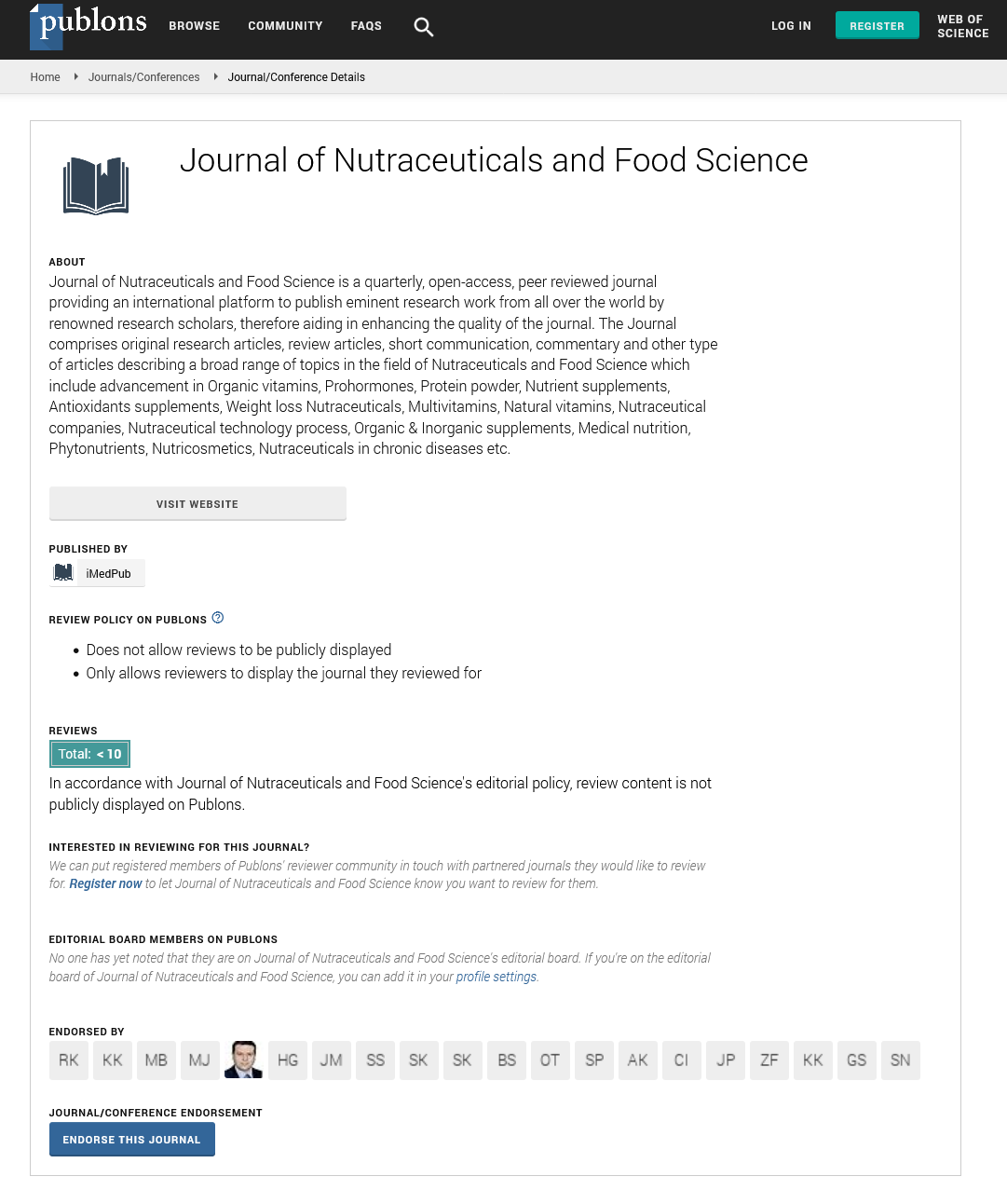Abstract
The Effect of Frozen Storage on The Quality of Atlantic Salmon
The purpose of this research was to determine the quality changes in Atlantic Salmon stored at different freezer temperatures over 12 months. Salmon fillets were sliced into ~60g to 65g individual samples (length = 7.3 cm, diameter = 4 cm, thickness = 2 cm), packaged under vacuum and stored in the refrigerator (3 hours) prior to freezing and pre-frozen samples were also tested. The fresh and pre-frozen salmon were placed randomly at different freezers (freezer 1 = - 7°C, freezer 2 = -12°C, freezer 3 = -18°C, freezer 4 = -29°C and freezer 5 = -77°C for 12 months and sampled monthly. Quality measurements included freeze loss, thaw loss, weight loss, lightness (L*), thiobarbituric acid reactive substances (TBARS), volatile flavor composition (hexanal) (GC-MS), firmness, water holding capacity (WHC), scanning electron microscopy (SEM) analyses (surface pore numbers and size), moisture content, ash, and sensory evaluation. In general, quality was retained to a greater extent in salmon held at -29°C and -77°C during the one-year storage compared to other storage temperatures. The shelf-life prediction was calculated for each quality indicators by the application of a zero-order reaction model. The quality limit of each quality indicator (weight loss and TBARS) was established according to their correlation with the results of sensory evaluation tests. The shelf-life was defined as the earliest date when each characteristics criteria reached to its limit. The predicted shelf life of freshly frozen Atlantic Salmon was 250.60 days-7°C; 274.58 days-12°C; 368.30 days-18°C; 509.61 days-29°C, and 452.99 days-77°C. While the shelf life of pre-frozen Atlantic Salmon was 244.71 days- 7°C; 289.77 days-12°C; 349.00 days-18°C; 410.85 days-29°C; and 402.98 days-77°C. Based on several quality parameters having minimal variation between 4 to 9 months at home freezer temperatures, energy savings could be realized by use of higher freezer temperatures for storage of salmon.
Author(s): Wesam Al-Jeddawi
Abstract | Full-Text | PDF
Share this

Google scholar citation report
Citations : 393
Journal of Nutraceuticals and Food Science received 393 citations as per google scholar report
Journal of Nutraceuticals and Food Science peer review process verified at publons
Abstracted/Indexed in
- Google Scholar
- Publons
- Secret Search Engine Labs
Open Access Journals
- Aquaculture & Veterinary Science
- Chemistry & Chemical Sciences
- Clinical Sciences
- Engineering
- General Science
- Genetics & Molecular Biology
- Health Care & Nursing
- Immunology & Microbiology
- Materials Science
- Mathematics & Physics
- Medical Sciences
- Neurology & Psychiatry
- Oncology & Cancer Science
- Pharmaceutical Sciences


